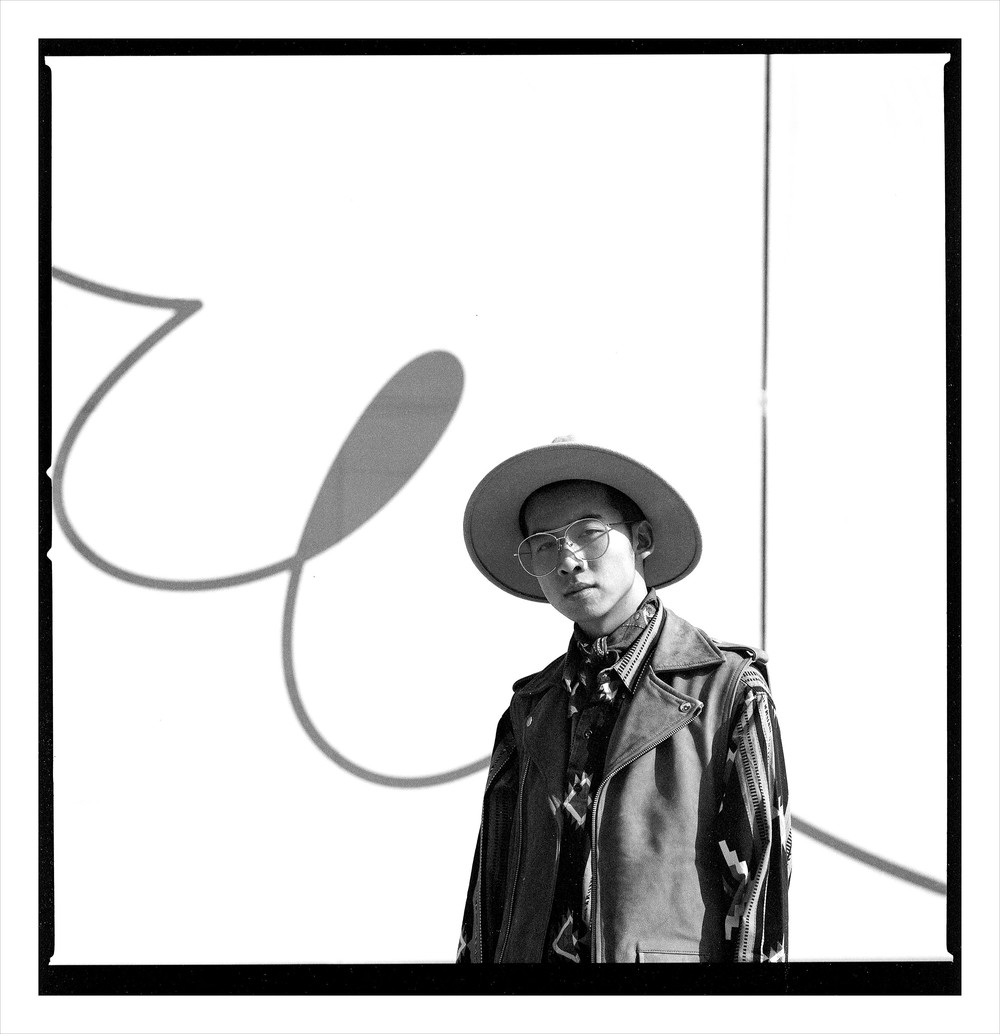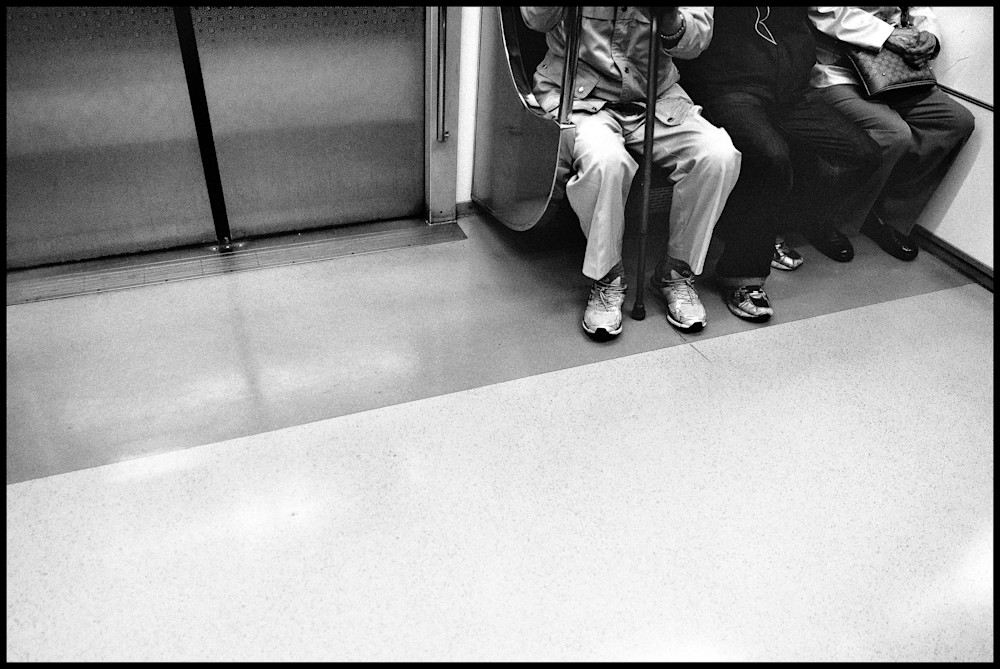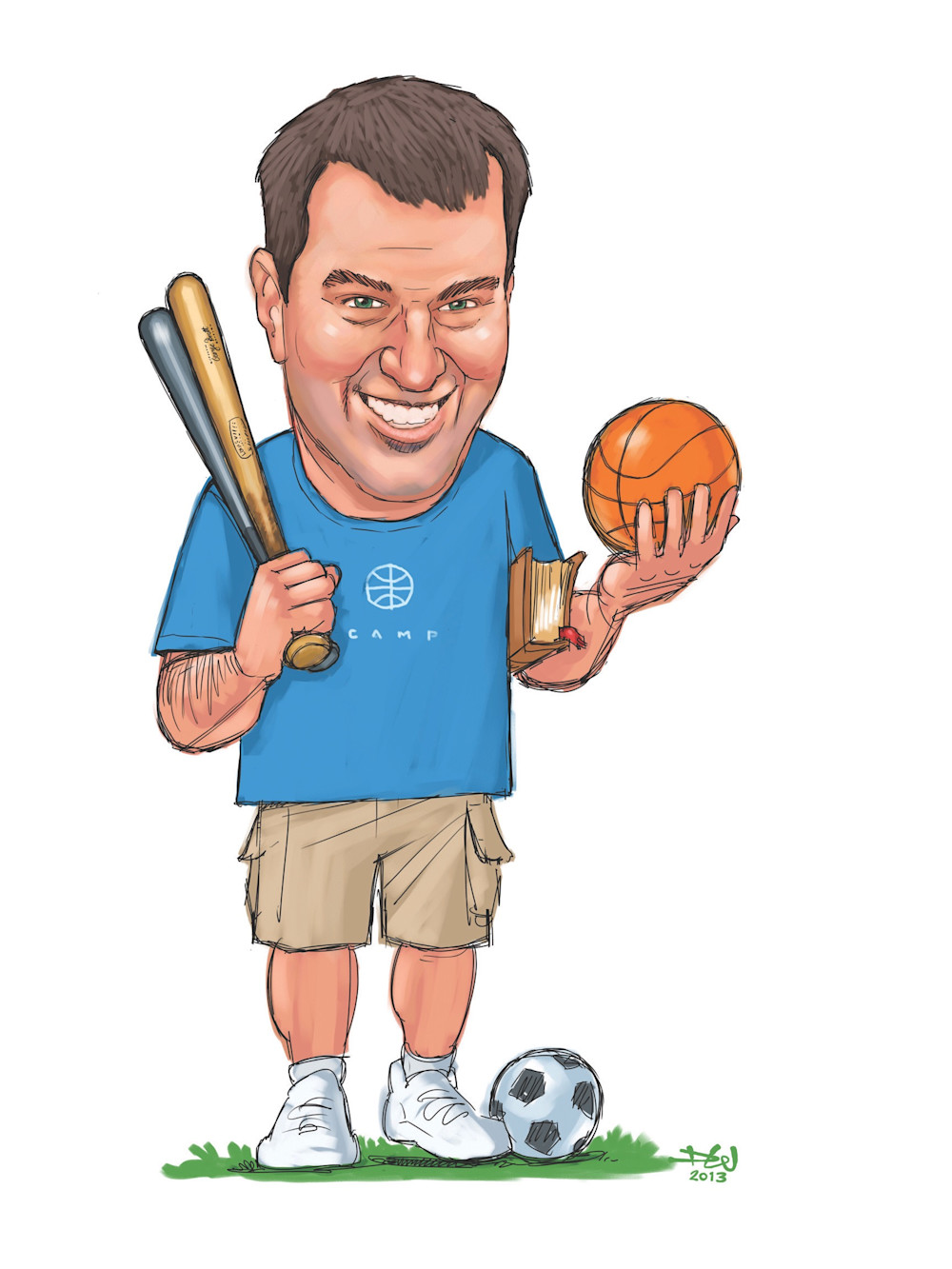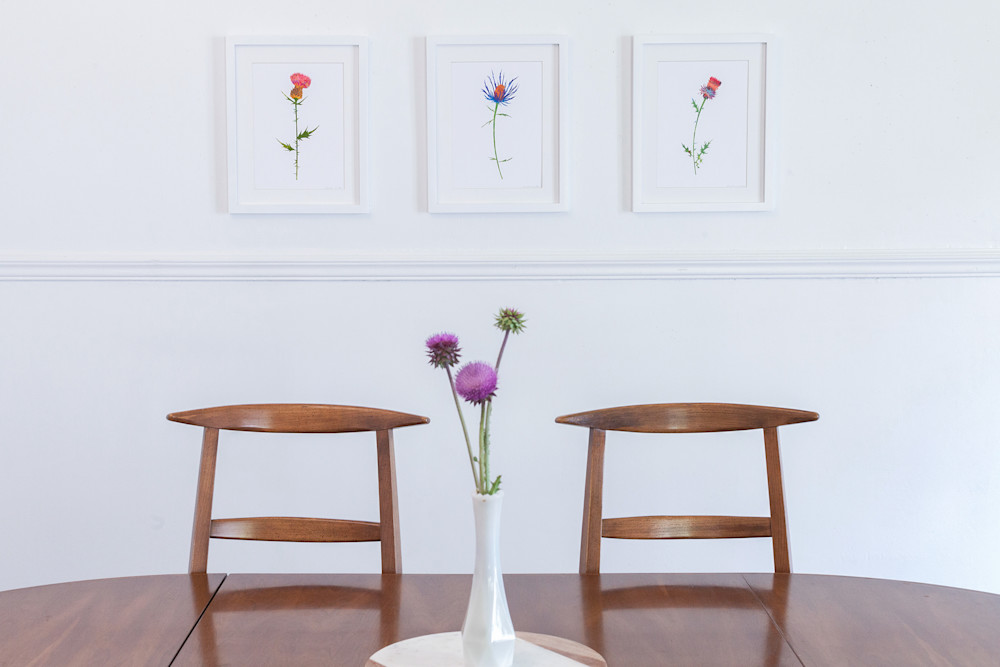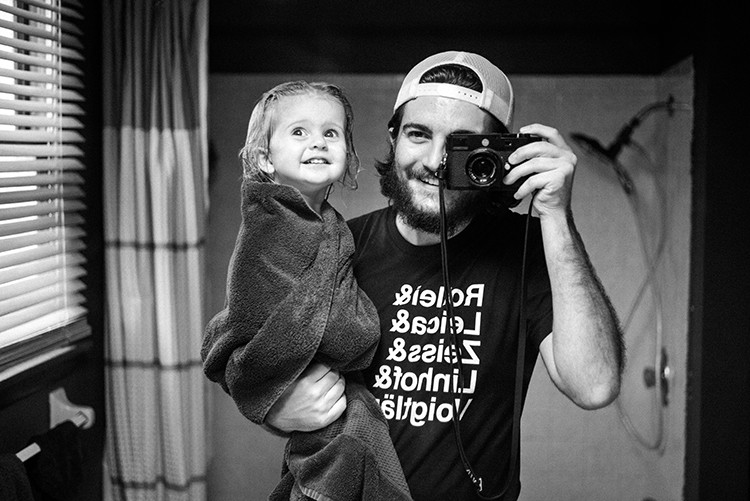
Hey you guuuyyys!!1
New regular occurrence happening here today. Starting now every month or so you can expect to get a look into one of Tweek’s artists’ lives on the blog! Pretty cool huh? This month we are starting that new trend with Matt Day.2
One thing we love about Matt is that he often allows Tweek to make prints for him. But even more what we love is the dedication Matt has to his craft and the community at large. After reading and doing a little more digging on this guy you’ll learn he never puts his camera down. And he has done so for so long that his camera has just become a part of him. Oh gosh, we’ve already said too much! We will stop talking so you can move on to the good stuff below. Read on my friends! Huge thanks to Matt for spending some time with all of us!!
TI: Where did this all start for you? What made you pick up a camera?
MD: It’s a bit of a long story, so I’ll try to keep it brief! In April of 2004, my brother was 17 years old and working on a local farm. He had been working there for years, but one day, he was attacked by one of the bulls on the farm, paralyzing him. While he was in the hospital recovering for some time that spring and summer, I was living with friends and family, back and forth. My mom was staying at the hospital with him, my dad was making trips to the hospital and working on getting our house adjusted to accommodate a wheelchair. They had to add on a room to our house. So their hands were full and I was still finishing up the school year, so I was staying different places. My aunt and uncle flew in from Florida to visit my brother and when they got here, they had a camera for me. They knew I was always playing around with video cameras and enjoyed that kind of stuff. They told me to take the camera and document his recovery and also document what I was doing so that when I see my parents and brother, I could show them photos of what I had been up to. Hanging out with friends, being a 13 year old kid. That sort of thing. So that’s what I started doing and 13 years later, I’m still doing the same thing.
TI: Are you shooting only film or a mix? Is there an obvious choice when you choose one over the other?
MD: I’m shooting a mix. For years, my only camera was a 35mm Minolta XG-M. Then I got a DSLR in 2008 and started shooting a mix of the two. Back in 2012, I became completely obsessed with film all over again. I was shooting every film, every format, every camera, etc. Since then, I’ve always had a mix of different cameras, film and digital, but this year I’ve slimmed things down just as a personal exercise. I wanted to simplify and focus on the work rather than the tools. I have a Leica M6 and Leica M262. They’re as similar as you can get, but one is film and one is digital. Those are my two cameras that I use for my daily documenting. When I’m shooting portraits, working with artificial light, I use a Nikon D750. I prefer using an SLR for portrait work and I also use this camera to record my YouTube videos. I enjoy shooting with my Leica cameras more, but there’s a tool for every job.

TI: Color or black and white? First thought! Don’t think about it! Now, why?
MD: Black and white, no doubt about it. Being a film shooter, I love the darkroom. I love developing my film, scanning my film, printing my film in the darkroom. It’s just a special process. But even when shooting digital, I try to shoot with the mindset that it will become a black and white edit 99% of the time. It’s just what I’ve grown to know and love. Color can be too distracting. Composition and light can quickly be overlooked because “Wow, look at the color of that sky!”
TI: We love your YouTube Channel. Lot’s of helpful tips there. Did you sense a need in the community that led to creating these videos? Just too much knowledge in that head of yours to keep it all in? Brief plug for your artist spotlights on your Podcasts as well. Equally enjoy that outlet.
MD: Thank you! I have a lot of fun with the YouTube channel and the podcast as well. And that’s exactly why I started it. I couldn’t find the videos I wanted to see so I made them myself. It started with just sharing info on film cameras because at the time, there wasn’t anything like that on YouTube. There are a ton of YouTube channels about film photography nowadays and I think it’s great. The more exposure film photography gets (pun fully intended) the more people that will be buying film. That’s a great thing. But now that there are so many film channels on YouTube, I’ve tried to structure mine differently. The videos I couldn’t find back in 2014 are now everywhere, so now I’m trying to make other videos that I can’t find. I just want my channel to be my own and share things from my perspective. That’s why I love other certain channels, they all have their own style and presentation.
TI: It looks like your favorite youtube subject is film photography with a smattering of other things – does subject matter get influence from what you are doing day to day or are you getting questions and requests?
MD: I try to take in requests as much as I can. Sometimes I get requests for things that just aren’t feasible or too time consuming, as I have a lot on my plate with family, work, etc. But I try to always be listening to the feedback so I can improve the channel. At the end of the day, I still want it to be a reflection of me. So if I’m shooting something entirely different than usual, I want to share it. I try to be as transparent as possible and just share my experiences as a photographer. To me, that’s relatable for people and gives them something they can hold on to.

TI: Speaking of film…where are you sending your film? Are you developing and scanning it yourself? Favorite scanners?
MD: I develop and scan everything myself. For about a year, I was sending everything to theFINDlab because I was working there at the time. Quick shoutout to them because they are absolutely incredible at what they do. Seeing an entire crew, top to bottom, working so well together was such an eye-opening experience for me. They care about their customers and they care about film. Because of those two things, they’re working tirelessly around the clock to help them both. It’s amazing. But now that I’m scanning at home again, I’m working with an old Epson V600, nothing fancy. I used to use a Pakon f135+ for my 35mm film and that thing is amazing for the speed, but prices skyrocketed and I took advantage of it and sold mine. Something about us film shooters, we’re always buying, selling, and swapping.


TI: So, you carry your Leica with you everywhere. You document most everything. What in the world are you doing with all of those images? You’re a closet scrapbooker aren’t you? Cardstock, special scissors that cut fancy edges, paste…that’s what you’re doing. How do you archive?
MD: My mom would love it if I was a scrapbooker because that’s her world. Haha. She’s got a room at her house that is specifically for scrapbooking and sewing. It’s wild. But for me, I’m just collecting the photos. Every day life, that’s what I’ve always gravitated towards and I think it’s because of how I started shooting. It’s what I learned to do. So I archive my images by year. Every year, I start a new film binder and I just add to them as I develop and sleeve the negatives. It’s a little daunting when I need to find a certain image, but I have a pretty good memory so I can usually remember by season or month and it doesn’t take me too long. For digital images, I archive by folders from each import. So at the end of the day, if I’ve shot any digital images that day, I add a folder of that day and import. THEN I BACK THEM UP ONTO ANOTHER HARD DRIVE. That’s an important step. Sorry for shouting.


TI: Do you feel like always having a camera is an extension of you? Do you feel like it creates a barrier from experiences in your life? Have you ever felt differently than you do now?
MD: Absolutely. It’s what I’ve always done and it’s just how I operate on a daily basis. I don’t think it creates a barrier because it’s something I’ve always been mindful of. There’s a time to take the photo and there’s a time to just let it be. To me, it’s entirely instinctual so I don’t have to think about it each time I grab the camera, I just trust my gut and go with it.
TI: Of course, Tweek wants to know, how do you feel about making prints of your work? How often are you doing that for yourself or your clients?
MD: Making a print is crucial. Whether it’s personal work or client work, holding the photograph in your hand is a big part of the process. There’s something special about it that you don’t get from viewing it online. For myself, I try to print as frequently as I can, as you guys know! I print big and small, it all depends on the photo. Even if I don’t plan on framing it and displaying it, there are some photos that I just want to see big in person and hold a huge print. I have boxes and boxes of prints to look back on.
TI: Do you sleep these days? How do you manage a family, family business, photography clients…? Do you have any secrets?
MD: My wife always jokes with me that I’m always tired and she’s not wrong. Haha. I have a full plate, but I like to keep it that way. Free time makes me anxious. I want to stay busy. I like to work, I like to learn, and I know how precious time is. Also, coffee.


TI: Why work with Tweek?
MD: I’ve worked with big box labs before, and while I was okay with the quality, there was never anything more than that. It was like going to Wal-Mart. I was just another customer and they were just another store selling the same stuff as the other big stores. Ever since working with Tweek, it feels like I’m going to my favorite local coffee shop and seeing friends there. The communication, the customer service, it’s an actual relationship. I get excited to place an order, to receive a call or email, it’s working with friends. To me, that goes a long way. On top of that, the options for prints and the attention to detail is top notch. I never had prints like this before I started working with Tweek.
Current inspiration: I’ve been studying more and more of Danny Clinch lately. Particularly his studio work.
Current musical obsession: The Dead South
Favorite meal of the day: Late night bowl of cereal.
Coffee or chocolate: Coffee!

- Goonies? Anybody?
- So many links could be used to connect you to his work. Like his YouTube channel, his Podcast, his Instagram, other interviews by big media outlets like this one…

